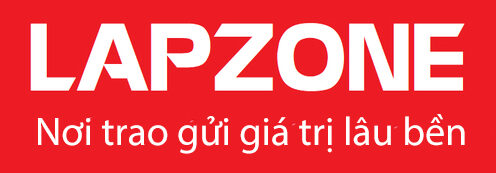Uncategorized
A Few Standard Kinds of Essays
Among the first college-level courses taught in most schools is Introduction to Essays. An essay is, in essence, simply a literary piece, giving the author’s argument, but this definition is somewhat vague, overlapping with those of a personal letter, a newspaper, an article, pamphlet, and even a short story. Essays are traditionally grouped as casual and formal, with a particular emphasis on the very first. While essays may be written in numerous ways, there are certain formats that are expected. These include word processing, e-book design (also called text) format, MLA format, APA format, online paragraph counter Chicago Manual of Style (or Chicago style), New York Times style, publisher-provided template, Harvard design, British English or American English.
Before we begin with our cases of essays, let’s begin with a brief overview of a few essay writing tips. One thing to consider while writing essays is that it’s never too early to start considering organization. Among the most common mistakes for essay writers is a lack of organization; this can result in paragraphs which don’t make sense, is not related to the main issue, is too long, and generally just doesn’t make sense. One instance of suitable organization would be to begin every paragraph with a topic announcement or any information about your primary topic(s).
Another tip for writing great essays, especially if contador de palavras you’re going to be submitting your job to a thesis or comparable assignment, is to ensure that your usage of language is clear, accurate, and consistent.1 means to do this is to use the Chicago Manual of Style (or other comparable style guides) as a guide to this style you should be following. For example, do not write a research paper which begins with an introduction since it lacks support or does not make sense. Similarly, do not use commas, and other punctuation marks if it wouldn’t be appropriate, like wanting to highlight the point your principal research paper is all about.
Finally, to understand the structure of argumentative essays, we’ll discuss three types: textual, contextual, and structural. Having a text article, you present a textually based essay or argument. You do this via the use of literary devices such as similes, metaphors, alliterations, etc. In contrast, with a contextual essay you’re usually presenting something from a philosophical or philosophical perspective. Having a structural essay, you’re arguing either from an identity perspective or even a power/ability standpoint. Textual analysis essays often appeal to a larger market, while arguments based on ability and power frequently appeal more to a selection of subscribers.
There are 3 basic kinds of essays: descriptive article, argumentative essay, and essay which pose an idea or a set of thoughts. A descriptive article often relies on personal observation, using anecdotes, or the application of natural language rules and techniques. Argumentative essays are written from a personal perspective, generally about some current event or issue (e.g., politics, technology, etc.).
The final kind is the article that introduces an idea or a set of ideas. In this case, you are basically using language to encourage your particular point of view in an essay. By way of example, if you are writing a article about Shakespeare, then you are going to argue with some other people about if there was a specific stage to Shakespeare’s work, or when he had been too abstract. You may find essay examples for this type in several books, in addition to on the world wide web. Essays based on personal opinion appear to appeal more to the general reader, while arguments based on facts and empirical evidence appear to be more suited for a specific point of view because they’re more structured and so seem more legitimate.
